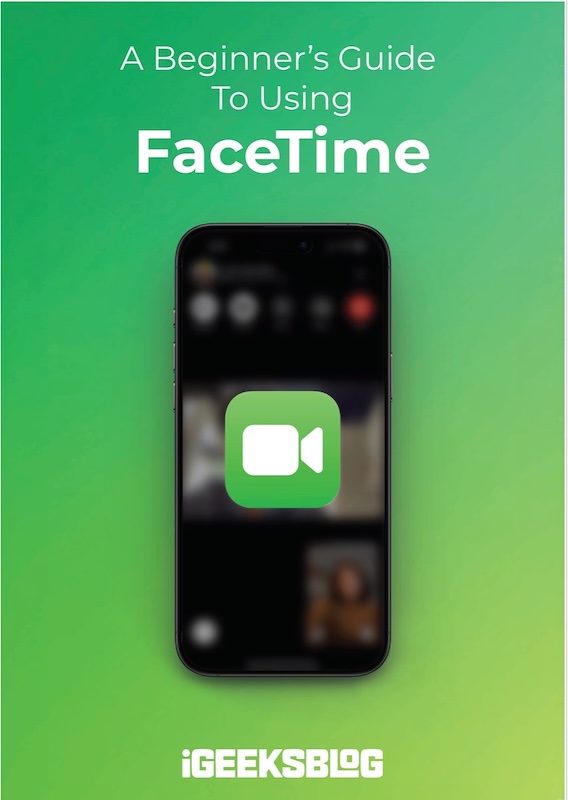
FaceTime Like a Pro
Get our exclusive Ultimate FaceTime Guide 📚 — absolutely FREE when you sign up for our newsletter below.

FaceTime Like a Pro
Get our exclusive Ultimate FaceTime Guide 📚 — absolutely FREE when you sign up for our newsletter below.
See how a Santa Barbara startup aims to transform accessibility using brain signals with Apple Vision Pro, no surgery needed.
A new clinical study could make it possible to control Apple’s Vision Pro headset using just brain signals, without the need for risky surgery. The project, led by Santa Barbara–based startup Cognixion, combines non-invasive brain-computer interface (BCI) technology with Apple Vision Pro’s built-in accessibility features, aiming to help people with serious speech and mobility challenges communicate more naturally.
Unlike earlier trials that relied on surgically implanted brain chips, Cognixion’s approach uses a custom EEG-based headband and software that pairs directly with Vision Pro. The setup works with Apple’s eye-tracking and dwell control features, allowing users to form AI-assisted commands through brain signals, attention, eye gaze, or head movements.
The clinical trial, already underway in the U.S., will run through April 2026 with around 10 participants. It focuses on patients with ALS, spinal cord injuries, stroke-related impairments, or traumatic brain injuries. The first goal is simple but powerful: enable more natural, conversational communication between patients and their families without invasive surgery.
Cognixion’s CEO, Andreas Forsland, was inspired to start the company after his mother was hospitalized with pneumonia and unable to speak while intubated. Experiencing firsthand how communication broke down between her and doctors, Forsland set out to build technology that could restore independence for people with severe speech and motor disabilities.
The company has already tested its own Axon-R headset, a wearable BCI that uses generative AI trained on a user’s speech patterns to let patients “speak” at near-normal speed. Patients could comfortably use the headset for a few hours each day, several times a week. Now, Cognixion wants to extend those benefits through Vision Pro, which could bring the technology to a much wider audience.
Cognixion is not alone in exploring brain interfaces for Apple’s headset. Competitor Synchron has tested an implantable system with Vision Pro, while Elon Musk’s Neuralink continues to push for invasive brain chip implants. But Cognixion’s non-invasive approach is designed to be safer and more accessible. “To democratize access, you need to do it in such a way that’s the least risky and most acceptable,” Forsland said.
This research is part of a larger movement bringing spatial computing into healthcare. Hospitals like Sharp HealthCare and Cedars-Sinai are already using Vision Pro in patient care and therapy, and Apple itself has filed patents exploring brainwave sensing for health. If successful, Cognixion’s trial could unlock new ways for millions of people to communicate and interact, without surgery or complex equipment.
For now, the study remains investigational. But with enrollment open and plans for a pivotal trial in 2026, Cognixion’s work could mark one of the first real steps toward making brain-controlled consumer devices mainstream.
Also read: